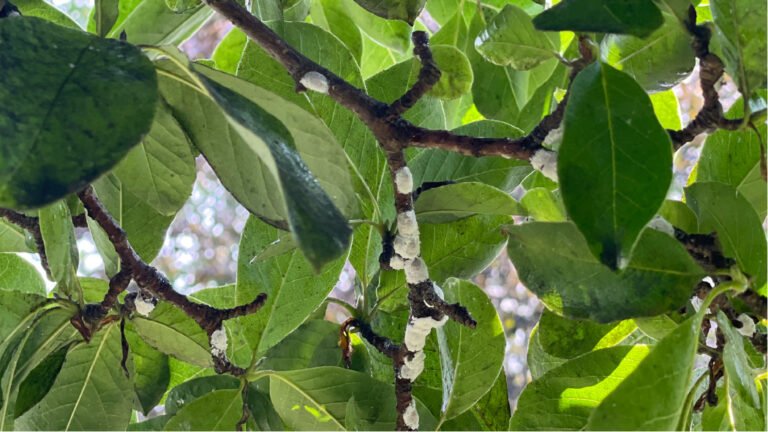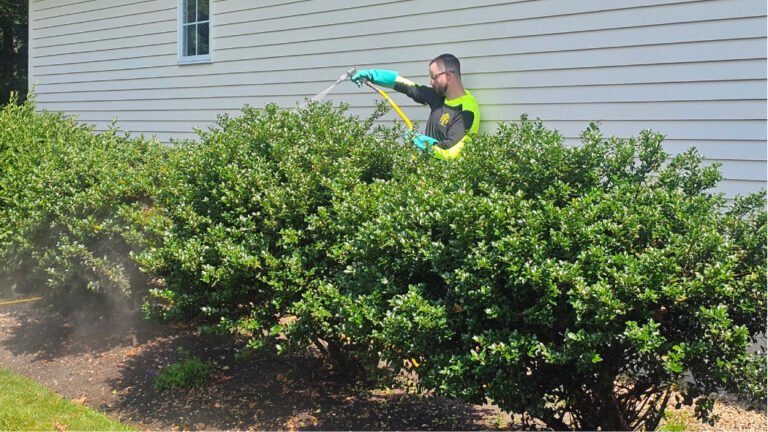Buck rub on young sapling trees indicates that a male deer (buck) has used the tree to rub its antlers. These rubs serve purposes such as marking territory, strengthening neck muscles, and removing velvet from new antler growth. Characteristics of a buck rub include:
- Stripped bark: The outer bark is often peeled or scraped away, exposing the lighter, smoother wood underneath.
- Vertical scratches or gouges: The rub may have long, vertical marks made by the antler tines.
- Frayed or shredded edges: The bark around the rub may look ragged or frayed, especially on smaller trees.
- Tree diameter: Bucks tend to choose saplings about 1–4 inches in diameter. Young saplings are flexible and easier to thrash around.
- Height: Rubs generally occur from about 1 to 3 feet off the ground, depending on the buck’s size.
Buck rubs often appear in early fall, during the pre-rut season. Multiple rubs in one area may indicate frequent movement by a buck through that territory.
Preventing buck rubs on young trees—especially valuable saplings or landscaping trees—requires physical barriers and deterrents to avoid damage during the fall rutting season. Effective methods include:
- Tree Guards / Wraps
- Use plastic or mesh tree guards around the trunk.
- They should be at least 3 feet tall.
- Ensure there’s space so the guard doesn’t press into the bark as the tree grows.
- Wire Fencing / Cages
- Create a circle of hardware cloth or welded wire around the tree.
- Keep it 6–8 inches away from the trunk on all sides and 3–5 feet tall.
- Stake securely to prevent deer from knocking it over.
- Stakes
- Drive 3–4 tall wooden or metal stakes closely around the trunk.
- This makes it difficult for bucks to rub.
Repellents & Deterrents
- Commercial Deer Repellents
- Spray-on products with strong smells (like rotten egg, garlic, or predator urine).
- Require frequent reapplication after rain.
- Effectiveness fades as deer get accustomed to them so the deterrent must be rotated
- Motion-activated sprinklers or lights
- Can startle deer away but may not be practical for remote areas or orchards.
Timing Tips
Protect trees starting in late summer (August) before bucks begin rubbing and leave protection up until late winter when the rut ends and antlers are shed.
My tree is injured with buck rub what should I do?
Consult an arborist. Depending on the extent of the injury, the tree may heal over several years. Do not cover the wound with sealers, as trees can heal themselves. Focus on improving the tree’s vigor to help it heal more quickly. Implement barriers and deterrents to prevent further injury until the tree matures.





